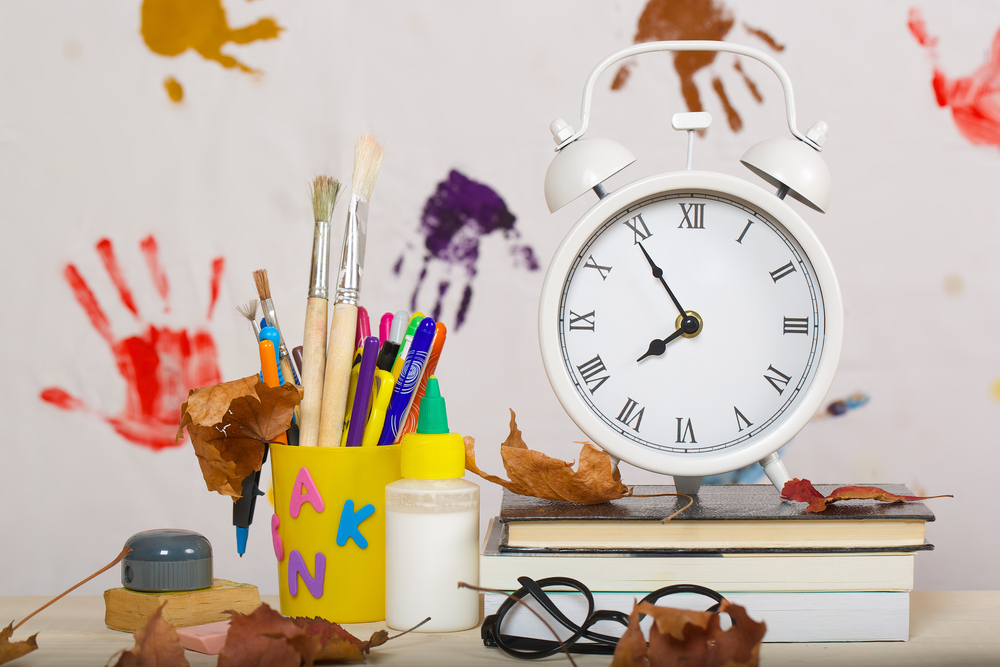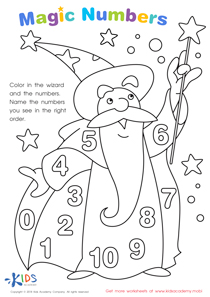Story sequencing Extra Challenge Worksheets for Ages 6-8
5 filtered results
-
From - To
Enhance your child's storytelling abilities with our "Story Sequencing Extra Challenge Worksheets" designed for ages 6-8. These engaging worksheets help young learners develop critical thinking and comprehension skills as they practice arranging events in logical order. Each activity encourages creativity and boosts vocabulary while reinforcing comprehension of narrative structures. With a variety of themes and formats, children will enjoy the excitement of piecing together stories through illustrations and text. Perfect for at-home learning or classroom activities, these extra challenge worksheets not only reinforce essential literacy skills but also make learning fun. Foster a love for reading and storytelling today!
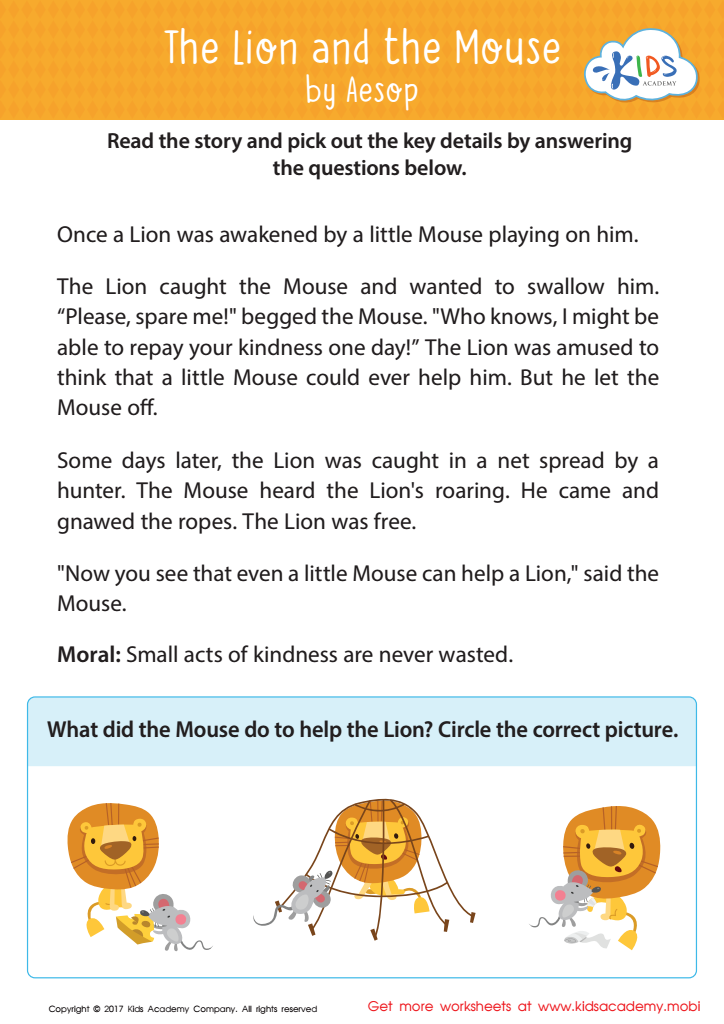

The Lion and The Mouse Sequencing Worksheet
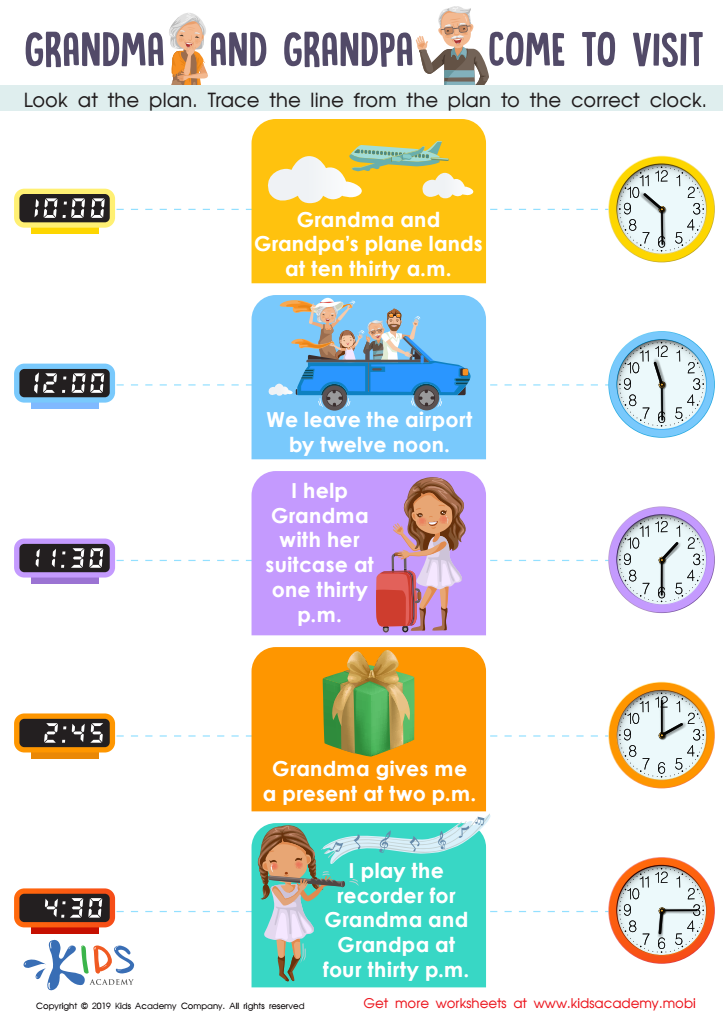

Grandpa and Grandma Come to Visit Worksheet
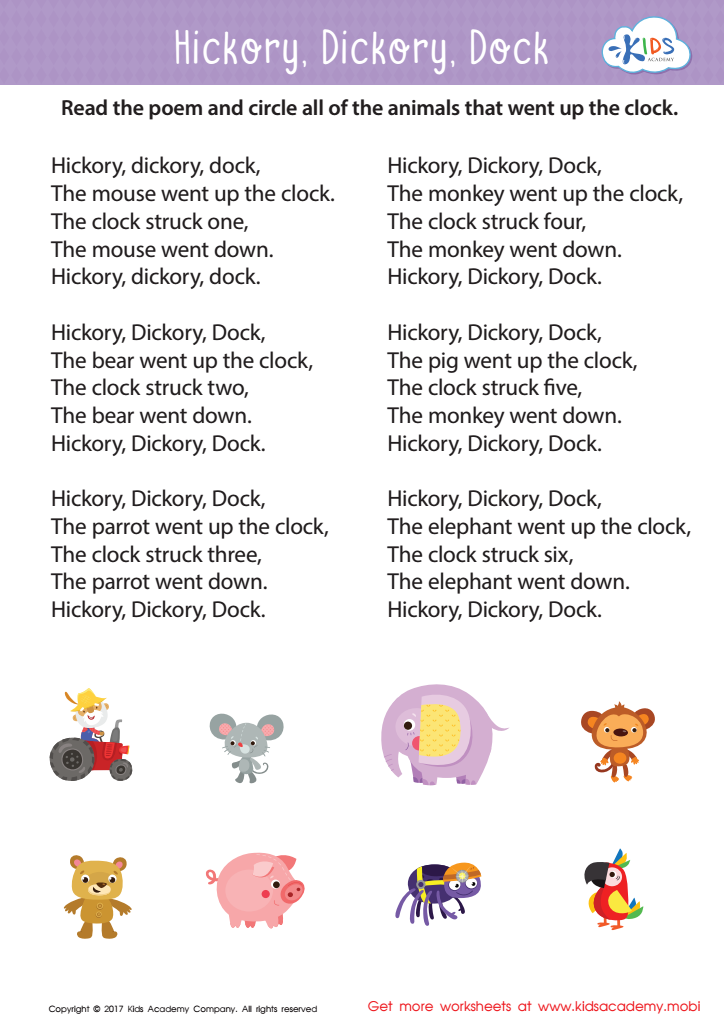

Hickory Dickory Dock Sequencing Worksheet
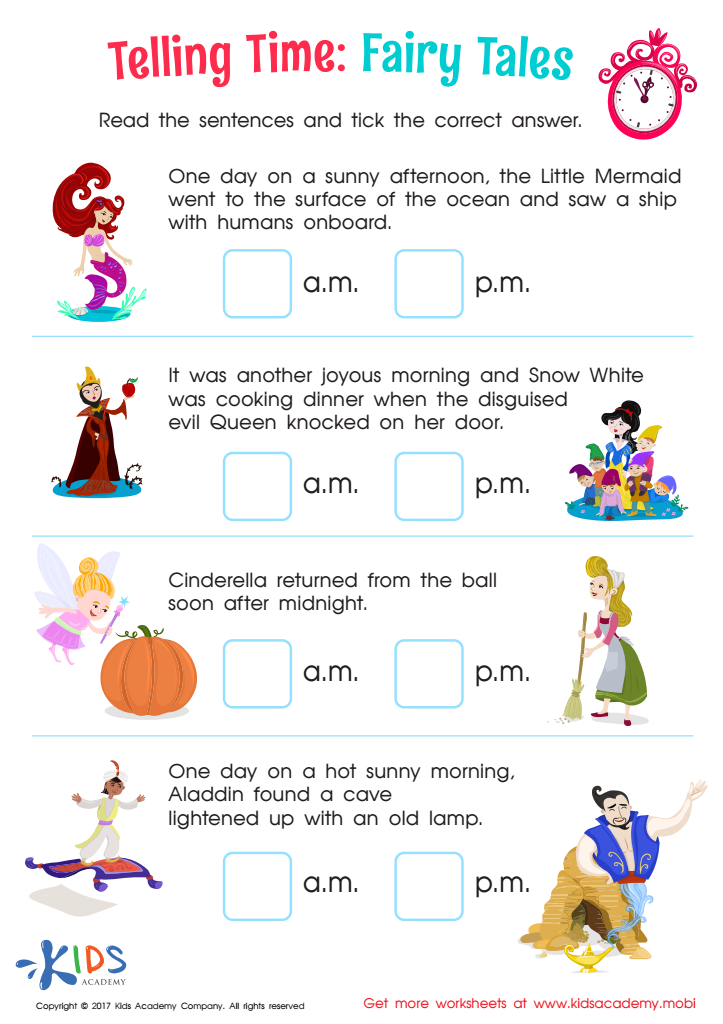

Telling Time: Fairy Tales Worksheet
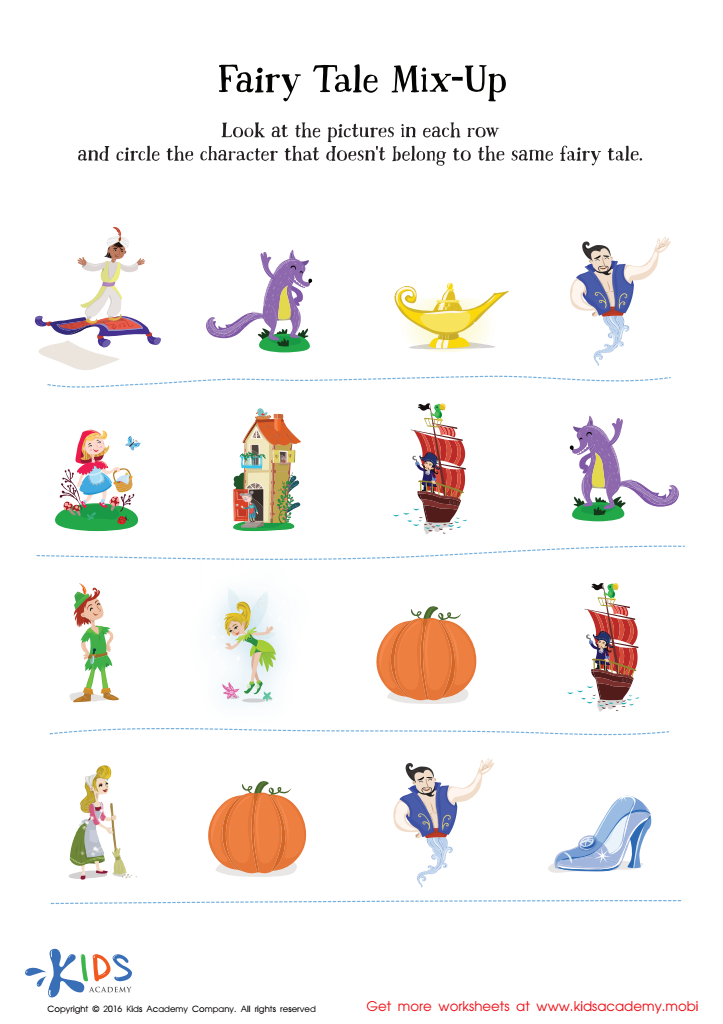

Fairy Tale Worksheet: Story Mix Up
Parents and teachers should care about story sequencing Extra Challenge for ages 6-8 because it plays a crucial role in developing key cognitive and literacy skills at a formative stage in a child’s education. Story sequencing helps children understand narrative structure, enhancing their ability to comprehend and recall stories. By learning to recognize the order of events, they can better grasp the cause-and-effect relationships within narratives, which fosters critical thinking.
In these formative years, children are developing essential writing skills. Teaching them how to sequence stories encourages clarity and coherence in their own writing. It allows children to build narratives that are logically structured, improving their overall communication skills.
Additionally, story sequencing fosters creativity. When kids engage in this activity, they learn to manipulate events and outcomes, giving them the confidence to create their own stories. This not only engages their imagination but also provides opportunities for discussion, collaboration, and social interaction, which are beneficial for their social development.
Ultimately, incorporating story sequencing into learning for ages 6-8 supports foundational skills that promote academic success and a lifelong love for reading and storytelling. It is an invaluable tool for fostering a well-rounded learning experience.
 Assign to My Students
Assign to My Students




